Last year, supermodel Linda Evangelista claimed to have developed a rare but severe complication called paradoxical adipose hyperplasia (PAH) as a result of CoolSculpting fat-freezing treatment. Questions were raised about the safety of the treatment and just how rare PAH actually is – mainstream media had a field day with the story, as it tends to do with anything that paints aesthetics in a bad light – but on balance, it was blown out of proportion.
What is Paradoxical Adipose Hyperplasia?
After fat-freezing treatment, around 27 per cent of the frozen fat should die off and be dispersed by the body over the next 12 weeks. With PAH, after a few months, these results seem to disappear, and the area that was treated solidifies into a raised block of tissue in the shape of the treatment head that was used – the so-called ‘butter-stick’ effect.
After the story broke, the British Association of Aesthetic Plastic Surgeons (BAAPS) released some data from its audit of complications relating to fat-freezing treatments in the UK. According to the data, between 2018 and 2020 just 7% of BAAPS member surgeons reported having to deal with serious complications, with 21 patients requiring surgery including liposuction, abdominoplasty and surgery for skin necrosis.
How common is PAH?
PAH is rare but well-known within the aesthetics industry and since 2014, has been mentioned as a possible complication on the consent form that every patient must sign before treatment. An article in 2021 in the Aesthetic Surgery Journal put the occurrence at around one in 2,500 cases, a bit higher than the manufacturer’s quoted rate of one in 4,000 cases.
What does fat freezing feel like?
Mostly, fat-freezing is pretty straightforward. There are a few panic-making minutes as the device suctions the area of fat that it is treating into the chilling chamber and the intense cold starts to bite, then it all goes numb (I’ve tried it under the chin and Alice has tried it on the body). When released from the chilling chamber, the almost-frozen lump of fat is massaged for a few minutes, to assist the breakdown of the frozen fat (yes, that bit is intensely painful, but that’s it).
Can fat-freezing cause bruises?
Some people experience bruising from where the cooling device has fastened onto their skin (I did), and have sharp pain in the tissue that was frozen (I didn’t experience this), for a week or two after treatment. Others find that the shape of the cooling head, which sucks up a chunk of fat, means the fat loss looks more like a dent than a smooth reduction, though a good practitioner will know how to avoid this by planning overlapping treatments on either side of the central treatment area.
How to get it right with fat-freezing
There are side effects and possible complications to any and every non-surgical treatment – nothing is completely without risk. That’s why it’s so important to be as informed as possible about your tweakment choices and to weigh up the decision for yourself. And, importantly, you’re far less likely to have complications when you see a trusted, experienced practitioner who really knows what they’re doing and knows the devices they use inside and out.
Related Stories
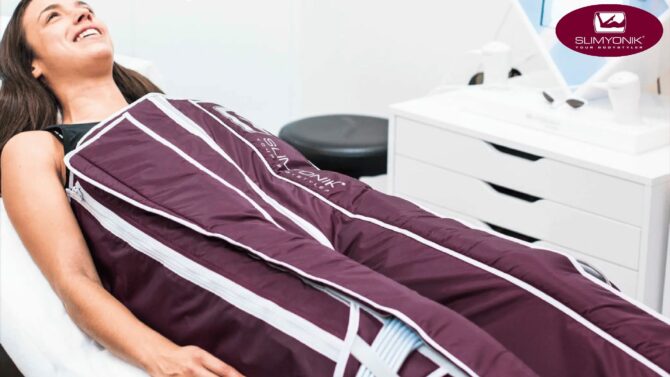
Body contouring
Would You Try This Inflatable Suit To Tone Your Body?
We’ve always been told that lying back and relaxing won’t do a thing to transform our bodies...

Concerns
The Tweakment Ladder: How To Take Your First Steps In Tweaks
Given the huge number of tweakments available, it’s increasingly hard to work out where you should...
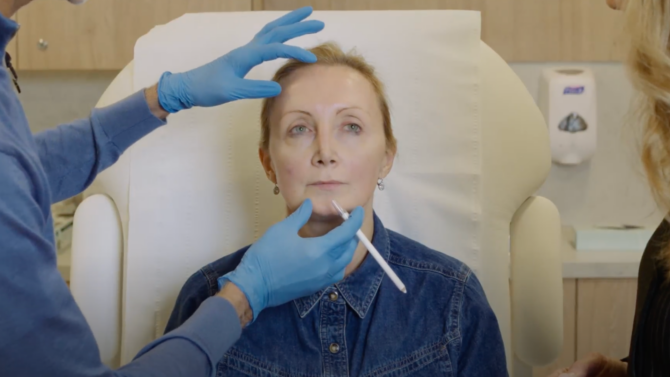
Tweakments
Less Is More – How To ‘Press Pause’ On Ageing With Natural-Looking Filler
Can we really ‘press pause on ageing’ using dermal filler? Alice visited globally-renowned...
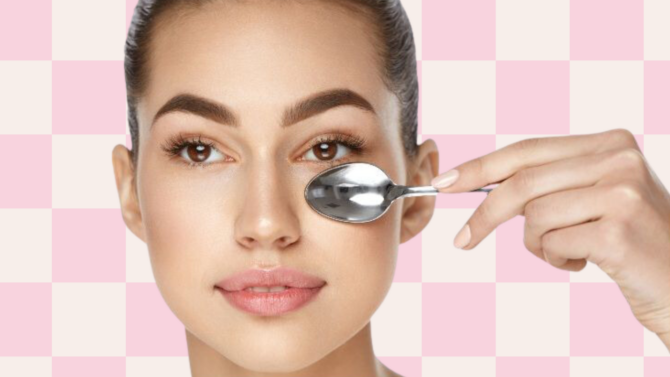
Tweakments
Three Free Tweaks
After my recent story about The £1000 face, I thought I’d better tone it down a bit and write...

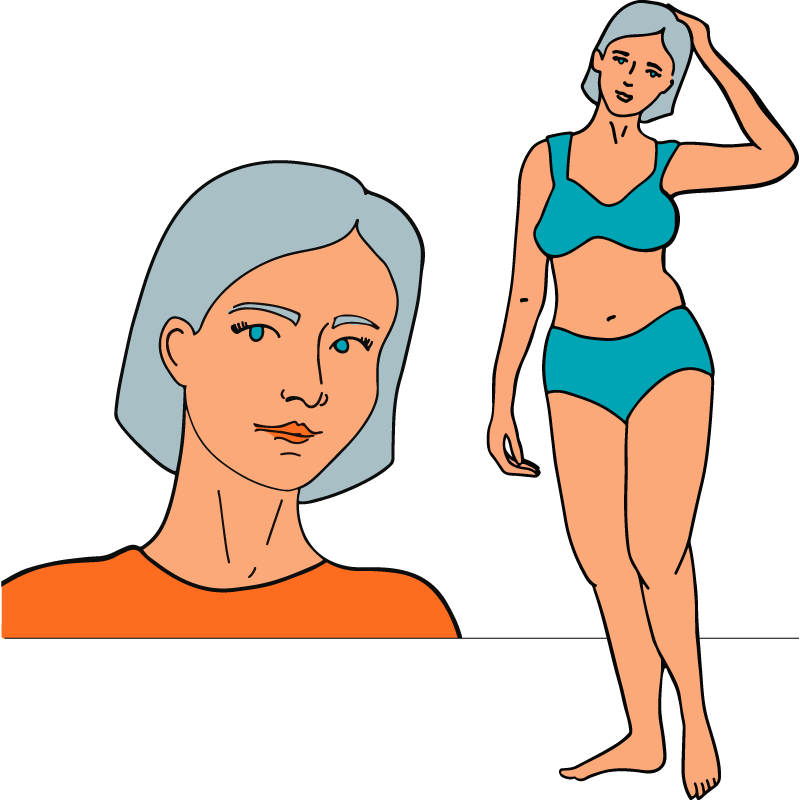

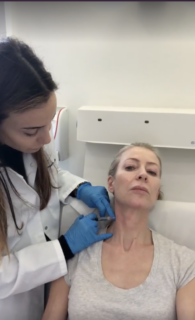
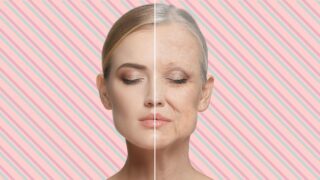
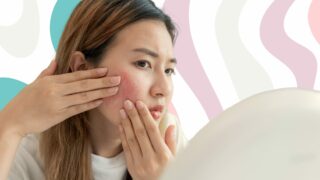

 The Tweakments Chatbot
The Tweakments Chatbot